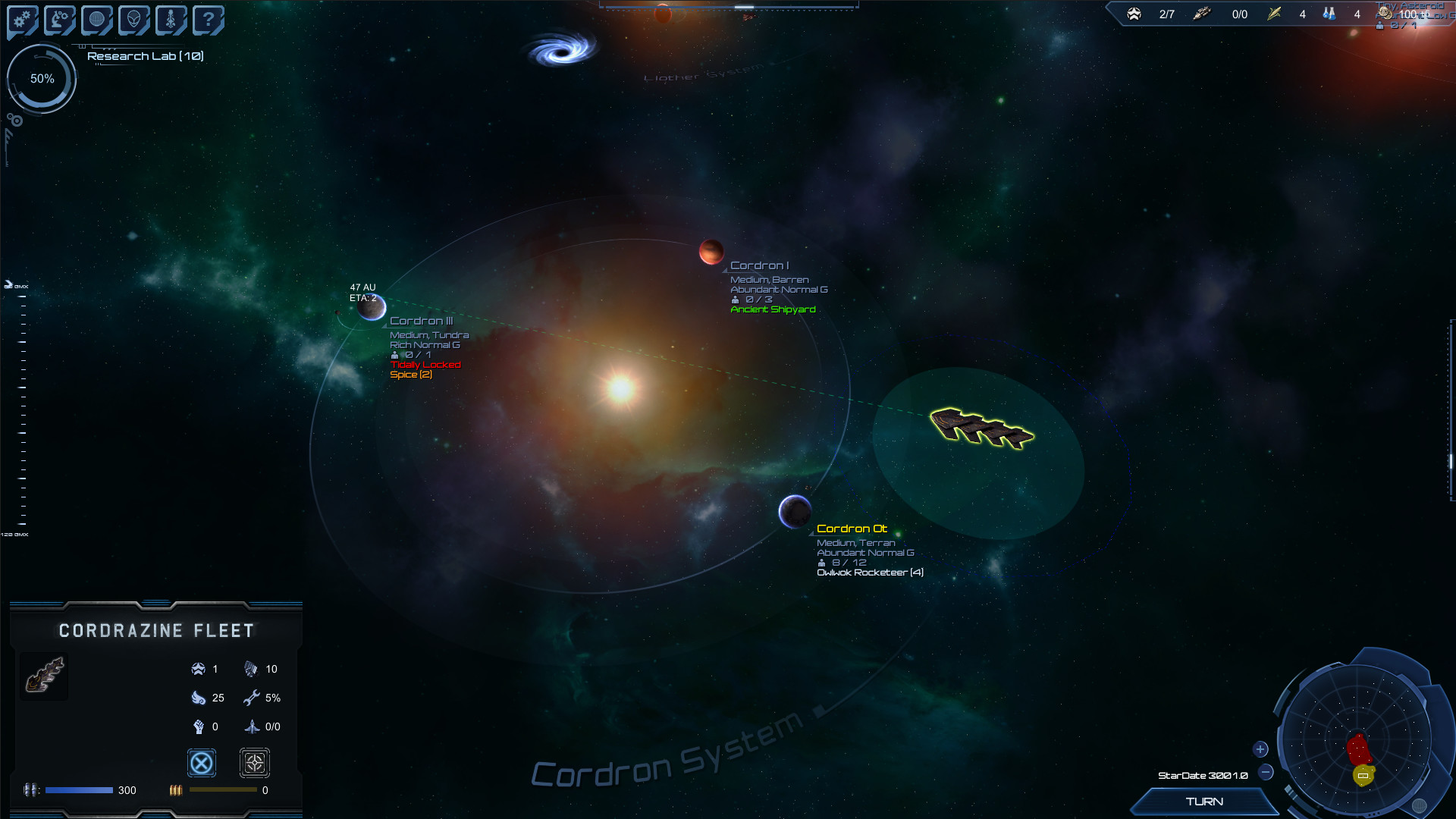
I know there must be some database out there (even if the distances have a huge uncertainty - for a game use, that won't matter). What I'm looking for is a computer database with a larger radius. That's a bit old and is probably missing a large number of dim objects, but is quite usable. I do have a (I'm presuming) reasonably accurate map as the game board for Star Force (from SPI!), which goes out about 30 ly. There is a big uncertainty as to the star count (at the very least), as the counts of dim objects (e.g., brown dwarfs) is uncertain. I didn't know that the galactic disk was only 1000ly thick.įraction of stars outside of central bulge (f) = 5x10e-1 ġx10e12 * (1x10e3/1x10e5)^2 * 5x10e-1 = 5x10e7 1000 ly is huge (that's like 4 billion cubic light years). Distances, even rough distances, are harder to find.

And: What is the maximum radius for which accurate stellar cartography is available, as a database? That is, including distance. Having a distribution of classifications would be nice.

The Verge is a nicely detailed frontier region to work from, and you can go off the map into a hot zone to encounter any leftover menace from the war, and add in political intrigue to any depth you care for.Ĭan anyone accurately (within a factor of 2) say how many stars are within 1000ly of Earth? I know it's a lot, but am very interested in the actual number. The StarDrive universe, with its 1000ly radius sphere of expansion and twelve (may have that number wrong) political powers and multiple detailed alien species, and a large "hot" zone leftover from the last war are a nice sandbox to play in. I always thought the Alternity mechanics for tracking damage was rather nice. I'm in the same boat as you: I have all of the Alterntity and StarDrive books, but have never actually used them for a game.


 0 kommentar(er)
0 kommentar(er)
